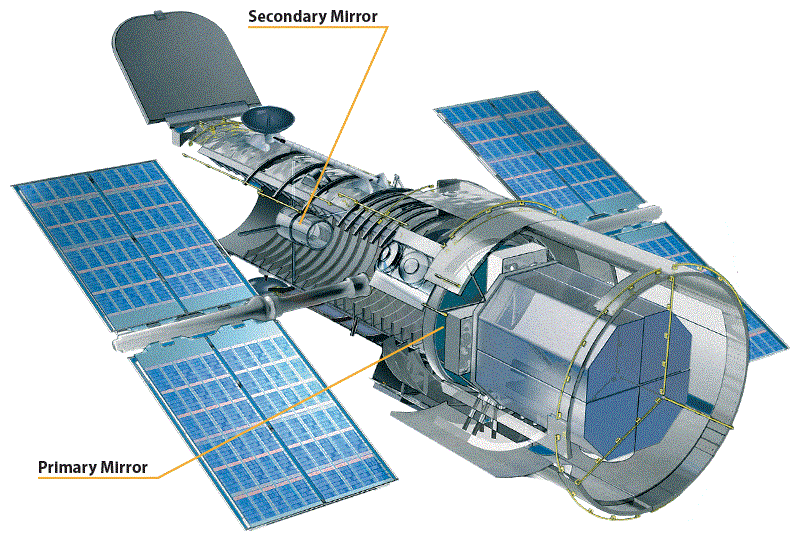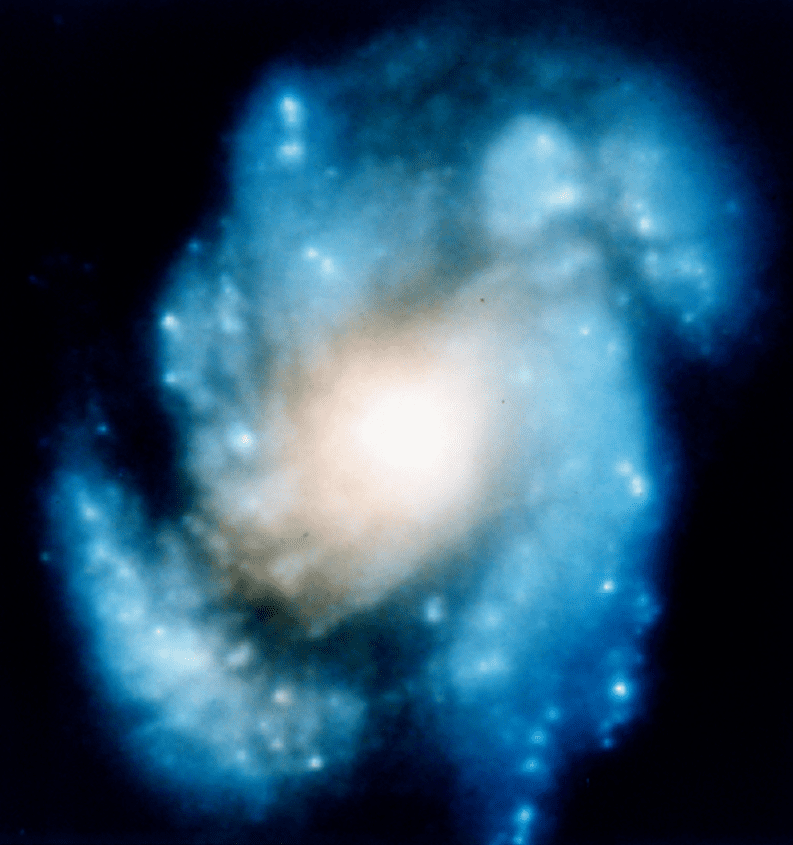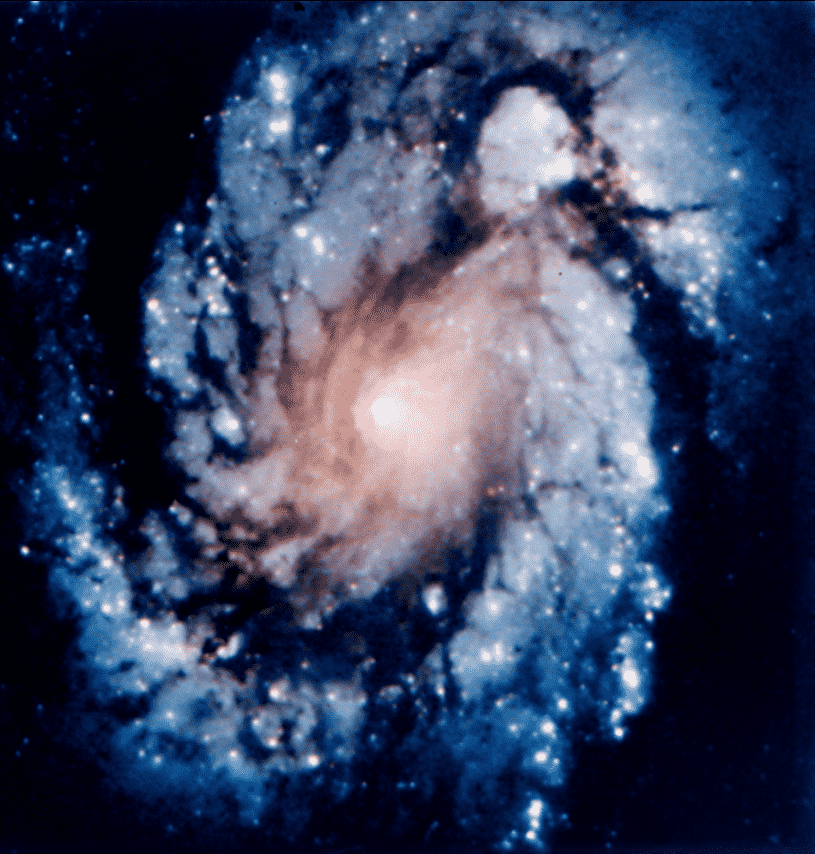{{ article.displayTitle }}
| | {{ 'ml-lesson-number-slides' | message : article.intro.bblockCount }} |
| | {{ 'ml-lesson-number-exercises' | message : article.intro.exerciseCount }} |
| | {{ 'ml-lesson-time-estimation' | message }} |
Catch-Up and Review
Here are a few recommended readings before getting started with this lesson.
Here are a few practice exercises before getting started with this lesson.
Conflicts When Rounding Angle Measures

Meaningful Decimal Places
There are different scenarios where not all digits of a number are meaningful. In these cases, the number of decimal places required is usually given. However, there are cases where the number of decimal places needed can be deduced from the problem's context.

In any case, it is important to know how to round a number to a specific number of decimal places.
Rounding to Decimal Places
Rounding a decimal number to n decimal places means to rewrite the number in a simpler and shorter form with exactly n decimals. The final result will be an approximation to the given number.
The number 27.6495183 rounded to two decimal places is 27.65.
The following steps should be followed to round a number to n decimal places.
Consider the number 27.64951. In each column, the corresponding decimal place is highlighted.
| Round to One Decimal Place | Round to Two Decimal Places | Round to Three Decimal Places |
|---|---|---|
| 27.64951 | 27.64951 | 27.64951 |
| Round to One Decimal Place | Round to Two Decimal Places | Round to Three Decimal Places |
|---|---|---|
| 27.6∣4951 | 27.64∣951 | 27.649∣51 |
- If it is less than 5, keep the nth digit the same.
- If it is equal to 5 or more, increase the nth digit by 1.
- If the nth digit becomes 10, write 0 instead and increase the preceding digit by 1. Repeat this as many times as needed.
| Round to One Decimal Place | Round to Two Decimal Places | Round to Three Decimal Places |
|---|---|---|
| 27.6∣4951↓27.6∣4951
|
27.64∣951↓27.65∣951
|
27.649∣51↓27.6410∣51↓27.650∣51
|
The following table shows the results of rounding 27.64951 to one, two, and three decimal places.
| Round to One Decimal Place | Round to Two Decimal Places | Round to Three Decimal Places |
|---|---|---|
| 27.6 | 27.65 | 27.650 |
Making a Painting's Size as Precise as Possible
Mrs. Mathematiks asked Izabella to paint the Hubble Telescope on the classroom wall. Izabella thinks that she should draw a grid before doing the actual painting. She is told that squares with a side length of 7.374 centimeters will work well, but she only has this ruler.

Hint
Since the ruler only shows the measurements down to the tenth of a centimeter, round the original length to the tenth value, one decimal place.
Solution
The exact side length of the square Izabella wants to draw is given to the thousandth of a centimeter. Therefore, it has a precision of three decimal places.

Because the ruler measures to the tenth of a centimeter, Izabella cannot draw the square using the exact dimensions. To draw the square precisely, she must round the original length to a precise length that the ruler can measure.
The exact length must be rounded to one decimal place.
Next, apply the steps to round a decimal number.
- Look for the first digit to the right of the decimal point. 7.374
- Draw a vertical bar to the right of this digit. 7.3∣74
- Look at the digit to the right of the bar. 7.3∣74
- Since 7 is greater than 5, the first digit, 3, must be increased by 1. It then becomes 4. 7.4∣74
- Remove the bar and all digits to its right. 7.4✓
In conclusion, Izabella should use a length of 7.4 centimeters to precisely draw the square's sides.

Extra
Izabella's Painting of the Hubble Telescope Using a GridIzabella used a pencil to draw an outline of the previously measured square to make a grid layout of many squares. Doing this helped her paint the telescope accurately. The image shows how the grid helped her painting process.

Rounding Different Numbers to Certain Decimal Places
Round the given number to the specified number of decimal places.

Learning About Significant Figures
When announcing lottery results, an approximation of the winnings is generally used instead of listing the actual amount of money won.

In this case, the actual amount written in the title has been rounded to have only one significant figure. Rounding to significant figures is very similar to rounding to decimal places except for the final step.
Rounding to Significant Figures
Rounding a number to n significant figures means to rewrite the number so that it has exactly n significant figures. The result is an approximation of the number.
The number 6213.4983 rounded to three significant figures becomes 6.21×103.
Consider the number 6213.4983. In each column, the corresponding significant figure is highlighted.
| Round to Three Significant Figures | Round to Five Significant Figures | Round to Six Significant Figures |
|---|---|---|
| 6213.4983 | 6217.3983 | 6217.3983 |
| Round to Three Significant Figures | Round to Five Significant Figures | Round to Six Significant Figures |
|---|---|---|
| 621∣3.4983 | 6213.4∣983 | 6213.49∣83 |
- If it is less than 5, keep the nth digit the same.
- If it is 5 or more, increase the nth digit by 1.
- If the nth digit becomes 10, write 0 instead and increase the previous digit by 1. Repeat this as many times as needed.
| Round to Three Significant Figures | Round to Five Significant Figures | Round to Six Significant Figures |
|---|---|---|
| 621∣3.4983↓621∣3.4983
|
6213.4∣983↓6213.5∣983
|
6213.49∣83↓6213.410∣83↓6213.50∣83
|
- Remove the bar.
- From the nth digit, any digit to the left of the decimal point must be replaced with zero.
- From the nth digit, any digit to the right of the decimal point must be removed.
The following table shows the results of rounding 6203.4983 to 3, 5, and 6 significant figures.
| Round to Three Significant Figures | Round to Five Significant Figures | Round to Six Significant Figures |
|---|---|---|
| 6213.4983↓6210
|
6213.5983↓6213.5
|
6213.5083↓6213.50
|
Extra
When The Rounded Number Has Fewer Digits Than the OriginalIt may happen that rounding a number results in an integer with fewer digits than the number of digits of the integer part of the original number. In this case, a bar is drawn above the last significant digit to indicate that there were more significant digits.
| Rounding the Number 43346 to | ||
|---|---|---|
| Two Significant Figures | Three Significant Figures | Four Significant Figures |
| 43ˉ000 or 4.3×104 | 433ˉ00 or 4.33×104 | 4335ˉ0 or 4.335×104 |
Alternatively, writing the number using scientific notation helps identify the number of significant figures.
Participants in a Marathon

Hint
In the last rounding step, the numbers to the right of the second significant figure and the left of the decimal point must be replaced with zeros.
Solution
According to her boss, Paulina must round the number 21392 to two significant figures. This can be done by following the steps below.
- Look for the second significant figure. 21392
- Draw a vertical bar to the right of this digit. 21∣392
- Look at the digit to the right of the bar. 21∣392
- Since 3 is less than 5, the second significant figure remains the same. 21∣392
- Look at the digits to the right of the nth significant figure. From the second significant figure, any digit to the left of the decimal point must be replaced with zero. 21∣392→21000
Paulina will announce on the radio that about 21000 people have signed up for the marathon.
Rounding Numbers Less Than 1 or Numbers With Zeros in the Middle

Rounding Different Numbers to Certain Significant Figures
Round the given number to the specified number of significant figures.

Performing Computations With Significant Figures
When carrying out computations with significant figures, scientists usually use two different methods for rounding off a final answer. One method is used for addition and subtraction, while the other is used for multiplication and division.
| Addition or Subtraction | Multiplication or Division |
|---|---|
| Round the result to the least number of decimal places in the numbers involved in the calculation. | Round the result to the least number of significant figures in the numbers involved in the calculation. |
The following table shows how to round the sum and the product of the numbers 34.78 and 156.294. Notice that the least number of decimal places is two and the least number of significant figures is four.
| Computation | Rounded Result |
|---|---|
| 34.78+156.294=191.074 | 191.07 (2 decimal places) |
| 34.78⋅156.294=5435.90532 | 5436 (4 significant figures) |
Accuracy and Precision
The words accuracy and precision play an important role when doing measurements and rounding. Accuracy refers to the closeness of the measurements to the exact, known, or acceptable value. Precision is the closeness of the measurements to each other.

The word precision is also used to indicate the number of decimal places of a number. Moreover, it can be used to determine which of two numbers is given with more detail.
- The number 215.382 is given with a precision of three decimal places.
- Between the numbers 3.43 and 3.432, the second is more precise because it has more decimal places.
Absolute Error
The absolute error is the absolute value of the difference between a measured value and the exact value. The units of the absolute error correspond to the units of the measures. By definition, the absolute error is always greater than or equal to 0.
Absolute Error = ∣∣∣Measured Value−Exact Value∣∣∣
Finding Absolute Errors
Eager to dish out another challenge, Mrs. Mathematikz gave Izabella, Paulina, and another friend Jordan the following problem.

Hint
Solution
ResultIzabella=15.6164, Exact=15.6
Subtract terms
∣0.0164∣=0.0164
| Absolute Error | |
|---|---|
| Izabella | ∣15.6164−15.6∣=0.0164 |
| Paulina | ∣15.62−15.6∣=0.02 |
| Jordan | ∣15.616−15.6∣=0.016 |
Relative Error and Percent Error
The relative error is the ratio of the absolute error of a measurement to the exact value. The relative error tells how good a measurement is relative to the size of the object being measured. In other words, the relative error indicates how significant the absolute error is.
Relative Error =Exact ValueAbsolute Error
The Relative Error Formula can be rewritten by substituting the Absolute Error Formula.
Relative Error =Exact Value∣Measured Value−Exact Value∣
The percent error is the product between the relative error and 100%. It represents the relative error as a percentage.
Percent Error =Relative Error⋅100%
Absolute Error vs. Percent Error
Paulina did such a great job as a radio host that she is invited to announce another smaller race.

She notices something interesting about the runners at this smaller race — some are wearing headbands, and some are wearing sunglasses. She decides to take note of her observation to share it on the radio as a fun fact.
| Headband | Sunglasses | |
|---|---|---|
| Number of Counted Runners With an Accessory | 26 | 111 |
| Actual Number of Runners With an Accessory | 27 | 115 |
Hint
Solution
Measured Value=26, Exact Value=27
Subtract terms
∣-1∣=1
Measured Value=111, Exact Value=115
Subtract terms
∣-4∣=4
Errors in Real Life
The Hubble Space Telescope is a telescope the size of a school bus that travels around Earth. Scientists and astronomers have learned a lot about space from Hubble's pictures of stars, planets, and galaxies.
After its launch in 1990, NASA found an error in the primary mirror that made the first few images appear blurrier than expected. It turned out that the curvature of the mirror was deflected by less than one-millionth of a meter — just one-fiftieth the width of a human hair! The following photo, taken in November 1993, shows the core of the galaxy M100.
NASA's first solution was to build replacement instruments — similar to a pair of prescription lenses — to fix the flaw. These repairs were done in December of 1993. The picture below, taken after the repairs, is the same galaxy shown in the first photo. What a difference!
This case shows that even though the error was a mere one-fiftieth of the width of a human hair, the final result was significantly impacted by the error.


